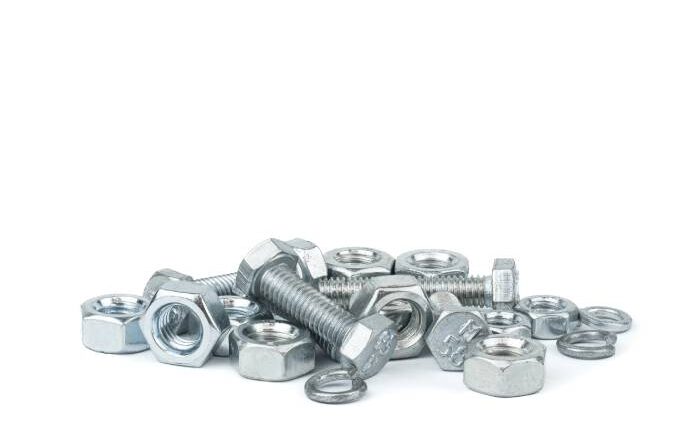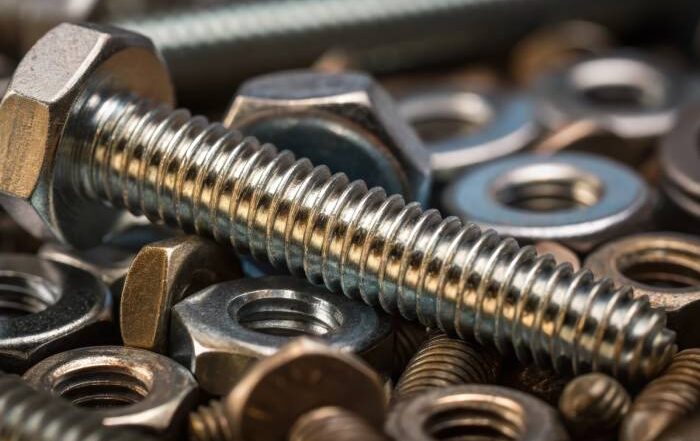
Everyone hates the painful task of turning a screw in by hand with a screwdriver. Can an electric drill be used, in much the same way as a screwdriver, to turn in or remove screws, you may ask? Well quite simply, the answer to that question is yes!
Using a drill to tighten that screw up (or loosen it) is a far better alternative to achieve the same results in a fraction of the time. When using an electric drill to do the work of a screwdriver, it is a great advantage to have a drill with variable speeds and reversible rotation. The speed of the screwdriver bit needs to be controlled to avoid the bit slipping and stripping the screw or bit itself. The drill also needs to be able to reverse so that screws can be loosened as well as tightened.
Check out these simple steps on how to use a drill for screw:
- Use the Correct Bit for the Drill and the Screw to be Used
There are many kinds of bits available including a flat blade head, a Phillips head, and even Nutdriver shaped heads. Finding the correct bit for the job will depend on the type of screw you are using.
- Insert the Bit into the Drill Chuck
The chuck is found at the front end of the drill and it holds the drill by tightening it using the chuck key to ensure that the bit is tight and secure and won’t come loose while you are working with the screw.
- Get a Good, Firm Grip on the Drill.
Ensure that you hold the drill tightly and securely as there will be resistance from the screw when turning it. And, the last thing that is needed, is for the drill to slip and cause damage to your work, or even worse, to yourself!
- Place the Bit into the Screw.
Position the bit in the slot or recess of the screw and apply a small amount of pressure to keep the screw in place as you begin to drill. Take note of this important step as you don’t want the screw to slip and hurt the wood or even strip the bit.
- Begin Turning the Screw.
Start the drill slowly at first, to ensure that the bit is secure in the screw and slightly increase the speed as the screw goes in. It is very important to make sure that the drill is always under your control.
- Removing Screws
This can be done in much the same way, but instead, the drill needs to be changed to the opposite direction to that of what was used to turn the screw in.
Follow these few easy steps above to ensure that you get that screw in with no effort and as quickly and safely as possible.
Need stainless steel fasteners? Then contact Marsh Fasteners today!



